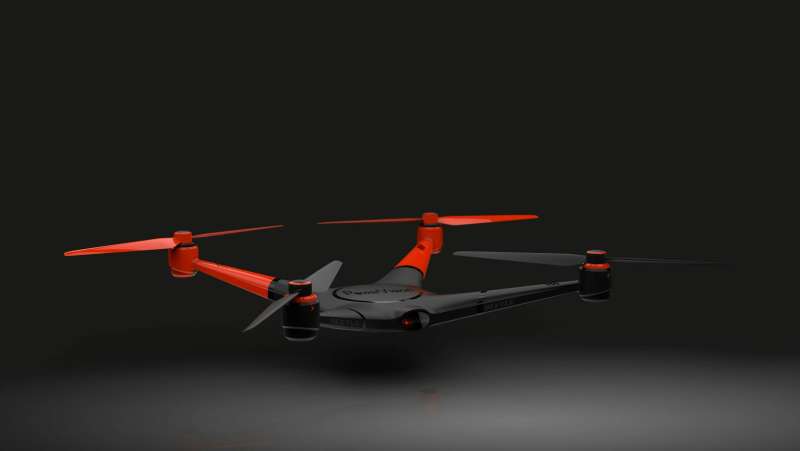VR and AR Technologies: A New Dimension in Training and Meetings
Published on: May 10, 2025
What is Virtual Reality?
Virtual reality (VR) is a simulated experience that can be similar to or completely different from the real world. VR technology primarily includes virtual reality headsets or multi-projected environments, which are used to create realistic images, sounds and other sensations that simulate a user's physical presence in a virtual environment. A person using VR equipment is able to look around the artificial world, move around in it, and interact with virtual features or items.
What is Augmented Reality?
Augmented reality (AR) is an interactive experience of a real-world environment where the objects that reside in the real world are enhanced by computer-generated perceptual information. AR can be defined as a system that fulfills three basic features: a combination of real and virtual worlds, real-time interaction, and accurate 3D registration of virtual and real objects. AR technology, on the other hand, integrates digital information with the user's environment in real time.
VR and AR in Training and Meetings
In recent years, VR and AR technologies have become an integral part of various industries, including education, healthcare, and business. They are being used to enhance training and meetings, making them more interactive, engaging, and effective. These technologies provide immersive experiences that can help individuals understand complex concepts better and retain information longer.
Benefits of VR and AR in Training
Enhanced Understanding: VR and AR technologies enable learners to visualize complex concepts that are difficult to explain verbally or with 2D images. This can lead to a deeper understanding and improved retention of information.
Increased Engagement: The immersive nature of VR and AR can lead to increased engagement and motivation among learners. These technologies provide an interactive learning environment, which can make training more enjoyable and less monotonous.
Safe Environment: VR and AR can provide a safe environment for learners to practice skills without the risk of real-world consequences. This is particularly beneficial in industries like healthcare, where mistakes can have serious implications.
Cost-Effective: Although the initial investment in VR and AR technology can be high, these technologies can prove to be cost-effective in the long run. They can reduce the need for physical training materials and travel expenses associated with traditional training methods.
Benefits of VR and AR in Meetings
Improved Collaboration: VR and AR can facilitate improved collaboration in meetings. These technologies can enable remote participants to interact with each other in a virtual environment, making them feel as if they are in the same room.
Better Presentations: With VR and AR, presenters can create more engaging and interactive presentations. These technologies allow for the visualization of data and concepts in 3D, which can lead to a better understanding of the presented information.
Reduced Travel Costs: VR and AR can reduce the need for travel by enabling virtual meetings. This can result in significant cost savings for organizations.
Real-World Examples of VR and AR in Training and Meetings
There are several real-world examples of VR and AR being used in training and meetings. For instance, the American company Walmart has been using VR to train its employees in customer service skills. Similarly, the German company Siemens has been using AR to facilitate remote collaboration in meetings.
Another example is the use of VR by the British company BAE Systems for training purposes. The company uses VR to provide immersive training for its engineers, which helps them understand complex concepts better and retain information longer.
In the healthcare sector, companies like Medtronic are using AR to train surgeons on new procedures. This provides a safe and cost-effective way for surgeons to practice new techniques without the risk of real-world consequences.
In the field of education, institutions like the University of Maryland are using VR to enhance learning experiences. The university has been using VR to teach complex subjects like anatomy, which has resulted in increased understanding and retention of information among students.
These examples highlight the potential of VR and AR technologies in enhancing training and meetings. They provide an interactive and immersive experience that can lead to improved understanding, increased engagement, and cost savings.
Conclusion
In conclusion, VR and AR technologies have the potential to transform the way we conduct training and meetings. They offer numerous benefits, including enhanced understanding, increased engagement, and cost savings. Despite the initial investment required, these technologies can prove to be cost-effective in the long run. With continuous advancements in technology, we can expect to see more innovative uses of VR and AR in the future.










